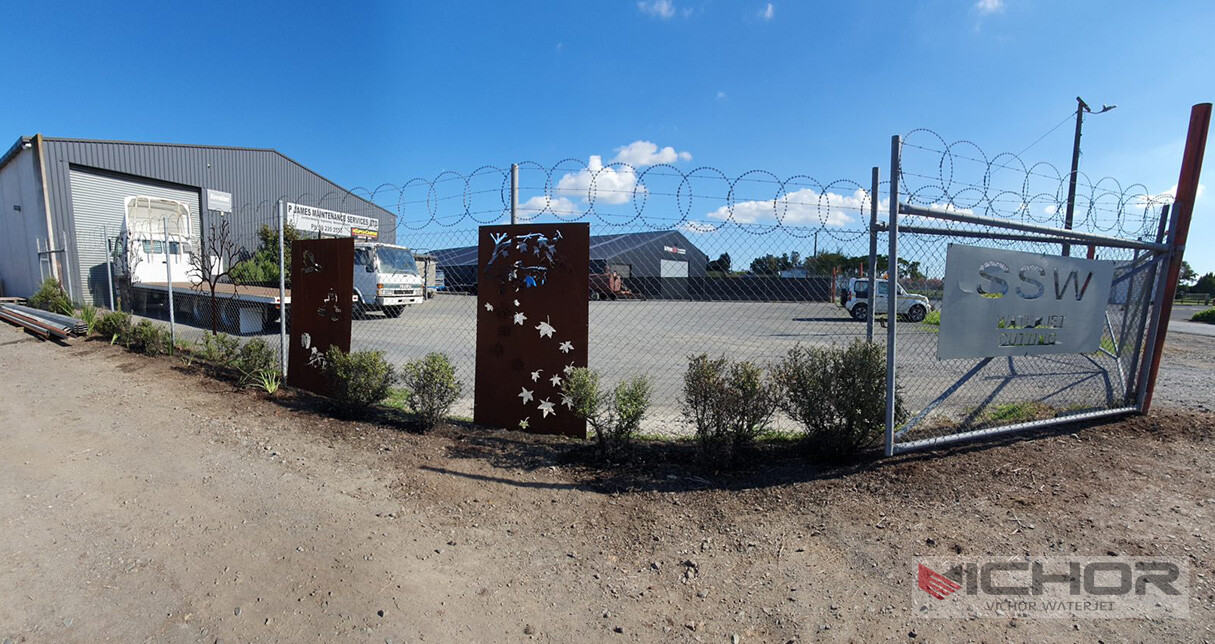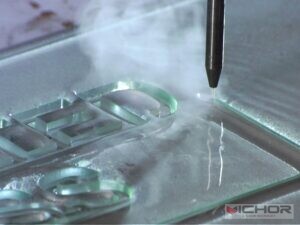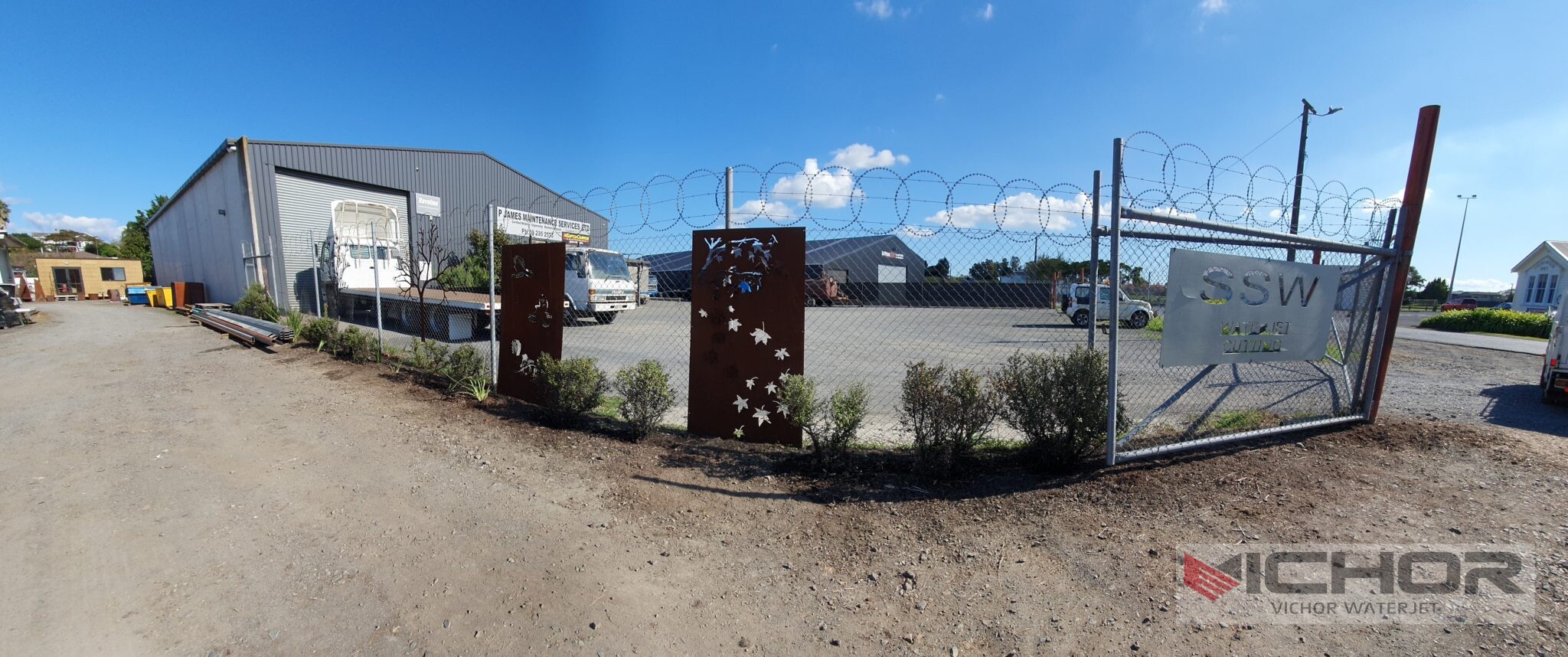
5 Revolutionary Aspects of Water Guided Laser Cutting You Need to Understand
In the evolving landscape of manufacturing and precision engineering, water guided laser cutting has emerged as a groundbreaking technology that combines the power of lasers with the guiding properties of water. This innovative approach offers unparalleled advantages in various industries, from medical device fabrication to aerospace components. Unlike traditional laser cutting methods, water guided laser cutting utilizes a thin stream of water to direct the laser beam, resulting in enhanced precision, reduced thermal damage, and improved efficiency. As industries seek more sustainable and accurate cutting solutions, understanding the intricacies of water guided laser cutting becomes essential. This article delves into five key aspects of this technology, providing a comprehensive overview that highlights its transformative potential. By exploring its mechanisms, benefits, applications, comparisons, and future trends, readers will gain valuable insights into why water guided laser cutting is gaining traction globally. Whether you’re an engineer, a manufacturer, or simply curious about advanced cutting techniques, this breakdown will equip you with the knowledge to appreciate this cutting-edge method.
What is Water Guided Laser Cutting?
Water guided laser cutting is an advanced manufacturing technique that integrates a laser beam with a fine, high-pressure water jet to achieve precise material processing. In this process, the laser energy is coupled into the water jet, which acts as a waveguide, directing the beam onto the workpiece with minimal divergence. This method leverages the principles of total internal reflection within the water stream, allowing the laser to travel through the water without significant energy loss. The result is a highly focused cutting tool that can handle a wide range of materials, including metals, ceramics, and composites, with exceptional accuracy.
The core idea behind water guided laser cutting is to overcome the limitations of conventional laser systems, such as heat-affected zones (HAZ) and material deformation. By using water as a medium, the process not only guides the laser but also provides cooling and debris removal, leading to cleaner cuts and extended tool life. This technology is particularly useful in applications requiring micro-scale precision, where traditional methods might fall short. As a sustainable alternative, water guided laser cutting reduces waste and energy consumption, aligning with modern environmental standards. Overall, it represents a significant leap forward in laser-based fabrication, offering a versatile solution for complex industrial needs.
How Water Guided Laser Cutting Works
The operational mechanism of water guided laser cutting involves a sophisticated interplay between laser optics and fluid dynamics. First, a high-power laser source, typically a fiber or CO2 laser, generates the beam, which is then focused into a nozzle assembly. Simultaneously, a pressurized water system delivers a steady stream of water through the same nozzle. The water jet, often with diameters as small as a few micrometers, encapsulates the laser beam, guiding it via total internal reflection along the water-air interface. This ensures that the laser energy remains concentrated over longer distances compared to free-space laser propagation.
Once the water-guided laser beam contacts the material surface, the laser energy is absorbed, causing localized heating and vaporization. The water jet assists by flushing away molten material and cooling the cut edges, which minimizes thermal stress and prevents warping. Key components include precision nozzles, water purification systems, and control software that adjusts parameters like water pressure, laser power, and cutting speed. For instance, in delicate tasks such as cutting biomedical implants, the water guided laser cutting process allows for sub-micron accuracy without compromising material integrity. This synergy between laser and water not only enhances cutting quality but also expands the range of processable materials, including those that are reflective or heat-sensitive. By fine-tuning these elements, operators can achieve optimal results across diverse industrial scenarios.
Key Benefits of Water Guided Laser Cutting
One of the most compelling reasons for adopting water guided laser cutting is its array of benefits that address common challenges in manufacturing. Firstly, it offers superior precision and minimal kerf width, enabling intricate designs and fine details that are impossible with traditional methods. The water guidance reduces beam scattering, allowing for cuts with tolerances down to micrometers, which is crucial in electronics and micro-engineering.
Secondly, water guided laser cutting significantly reduces the heat-affected zone (HAZ). Since the water jet cools the material during cutting, there is less thermal distortion, preserving the material’s mechanical properties and reducing the need for post-processing. This is especially beneficial for heat-sensitive materials like polymers or thin metals.
Thirdly, this technology enhances process efficiency by combining cutting and cleaning in one step. The water stream removes debris and particles, leading to cleaner work environments and lower contamination risks. Additionally, water guided laser cutting is environmentally friendly, as it often uses recycled water and minimizes hazardous emissions compared to dry laser cutting.
Fourth, it improves safety by containing the laser within the water jet, reducing the risk of accidental exposure and reflections. This makes it suitable for use in sensitive industries like healthcare. Lastly, the versatility of water guided laser cutting allows it to handle a broad spectrum of materials, from hard ceramics to soft tissues, making it a cost-effective solution for multi-material applications. These advantages collectively contribute to higher productivity, reduced operational costs, and improved product quality, solidifying its role in modern manufacturing.
Applications of Water Guided Laser Cutting
Water guided laser cutting has found widespread applications across various sectors due to its precision and adaptability. In the medical field, it is used for fabricating surgical instruments, stents, and implantable devices, where clean edges and biocompatibility are paramount. The ability to cut delicate tissues or bio-materials without thermal damage makes water guided laser cutting ideal for minimally invasive procedures and lab-on-a-chip devices.
In the aerospace and automotive industries, this technology is employed for machining lightweight composites and advanced alloys. Components such as turbine blades, fuel injectors, and structural parts benefit from the reduced HAZ and high accuracy, ensuring reliability under extreme conditions. The electronics industry leverages water guided laser cutting for producing micro-circuits, semiconductors, and display panels, where minute features require flawless execution.
Moreover, the jewelry and art sectors utilize water guided laser cutting for intricate designs on precious metals and gemstones, achieving detailed patterns without material loss. In research and development, it facilitates prototyping and custom part fabrication, accelerating innovation. Environmental applications include recycling and waste processing, where precise cutting separates materials for reuse. As industries evolve, the demand for water guided laser cutting continues to grow, driven by its ability to meet stringent quality standards and support sustainable practices. This broad applicability underscores its transformative impact on modern engineering and production.
Comparing Water Guided Laser Cutting to Traditional Methods
When compared to traditional laser cutting techniques, water guided laser cutting offers distinct advantages that address many limitations. Conventional laser cutting relies on a focused beam in air, which can lead to significant heat buildup, larger HAZ, and material deformation, especially in thin or reflective materials. In contrast, water guided laser cutting uses the water jet to dissipate heat, resulting in cooler cuts and preserved material properties. This makes it more suitable for sensitive applications, such as in the medical or electronics fields.
Another key difference lies in precision and beam quality. Traditional methods may suffer from beam divergence over distance, reducing accuracy, whereas the water guidance in water guided laser cutting maintains beam cohesion, allowing for longer working distances and finer details. For example, in micro-machining, water guided laser cutting can achieve kerf widths as narrow as 10 micrometers, outperforming many dry laser systems.
Cost and efficiency are also factors. While the initial setup for water guided laser cutting might be higher due to specialized nozzles and water systems, it often leads to long-term savings through reduced waste, lower energy consumption, and less post-processing. Traditional methods may require additional cooling or cleaning steps, increasing operational time and expenses. Furthermore, water guided laser cutting is more adaptable to a variety of materials, including those that are challenging for conventional lasers, like transparent or heterogeneous substances. Overall, this comparison highlights why water guided laser cutting is becoming the preferred choice for high-precision, sustainable manufacturing.
Future Prospects of Water Guided Laser Cutting
The future of water guided laser cutting looks promising, with ongoing advancements poised to expand its capabilities and accessibility. Research is focusing on enhancing the integration of artificial intelligence and machine learning to optimize cutting parameters in real-time, improving accuracy and reducing human error. For instance, smart sensors could monitor water quality and laser alignment, ensuring consistent performance in water guided laser cutting processes.
Another trend is the miniaturization of components, enabling portable systems for on-site repairs and field applications. This could revolutionize industries like construction or disaster response, where precision cutting is needed in remote locations. Additionally, developments in green technology may lead to more eco-friendly water recycling systems, minimizing water usage and aligning with circular economy principles.
The adoption of water guided laser cutting in emerging fields such as additive manufacturing and nanotechnology is also anticipated. By combining it with 3D printing, for example, manufacturers could achieve hybrid processes that offer unparalleled design freedom and material efficiency. Moreover, as global standards for safety and sustainability tighten, water guided laser cutting is likely to become a benchmark for compliant manufacturing practices. With increased investment and interdisciplinary collaboration, this technology could drive the next wave of industrial innovation, making processes faster, cleaner, and more precise. Embracing these prospects will be key for businesses aiming to stay competitive in a rapidly changing landscape.
In conclusion, water guided laser cutting stands out as a transformative technology that addresses many of the shortcomings of traditional cutting methods. From its precise mechanism and numerous benefits to its diverse applications and favorable comparisons, it offers a sustainable path forward for various industries. As we look to the future, continued innovation in water guided laser cutting will undoubtedly unlock new possibilities, reinforcing its role as a cornerstone of modern manufacturing. By understanding and adopting this approach, companies can achieve higher efficiency, better quality, and a smaller environmental footprint.
Frequently Asked Questions
Q1: What materials can be processed using water guided laser cutting?
A1: Water guided laser cutting is highly versatile and can handle a wide range of materials, including metals like steel and aluminum, ceramics, composites, polymers, and even biological tissues. Its ability to minimize heat damage makes it suitable for heat-sensitive and reflective materials that are challenging for traditional laser cutting.
Q2: How does water guided laser cutting improve precision compared to other methods?
A2: Water guided laser cutting enhances precision by using a water jet to guide the laser beam, reducing divergence and maintaining focus over longer distances. This results in narrower kerf widths and finer details, often achieving tolerances in the micrometer range, which is superior to many conventional laser systems.
Q3: Is water guided laser cutting environmentally friendly?
A3: Yes, water guided laser cutting is considered environmentally friendly because it often incorporates water recycling systems, reduces energy consumption, and minimizes hazardous emissions and waste. The cooling effect of water also lowers the risk of toxic fume generation, aligning with sustainable manufacturing practices.
Q4: What are the main challenges associated with water guided laser cutting?
A4: The main challenges include the initial cost of equipment, the need for high-purity water to prevent nozzle clogging, and the complexity of integrating systems for different materials. However, these are often offset by long-term benefits such as reduced operational costs and improved product quality.
Q5: Can water guided laser cutting be used for large-scale industrial applications?
A5: Absolutely, water guided laser cutting is scalable and can be adapted for large-scale industrial use, such as in automotive or aerospace manufacturing. With advancements in automation and multi-axis systems, it can handle high-volume production while maintaining precision and efficiency.
continue reading
Related Posts
- 1696 words8.5 min read
- 1991 words10 min read



